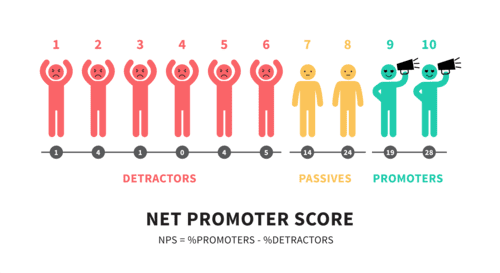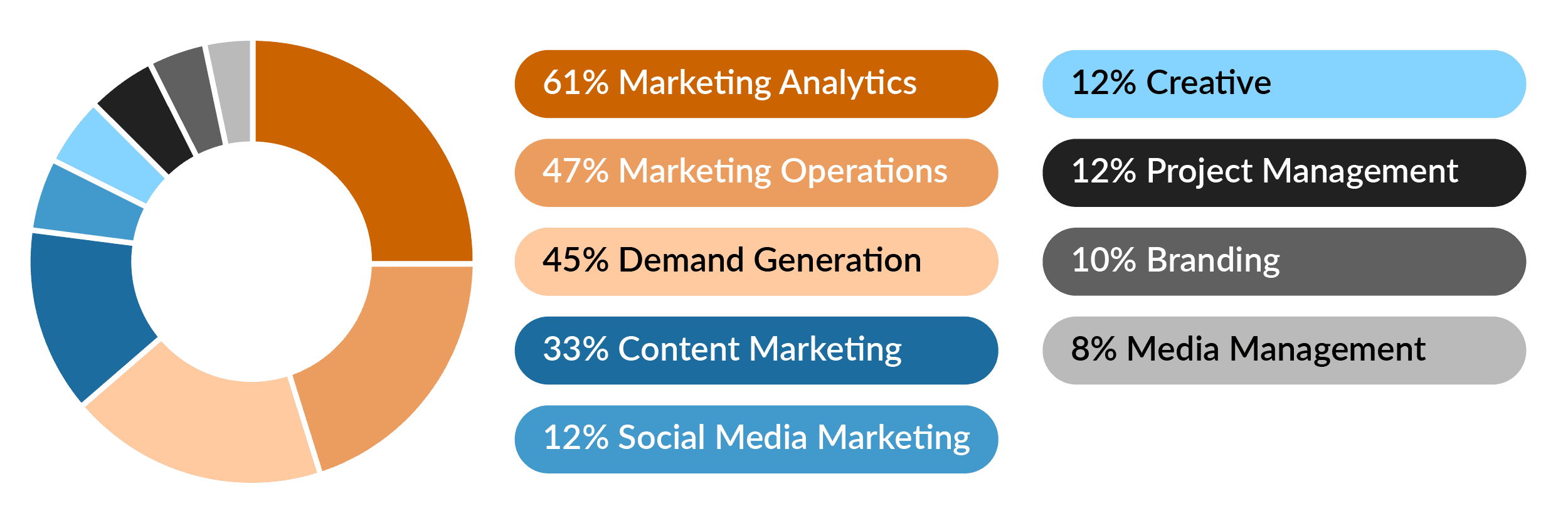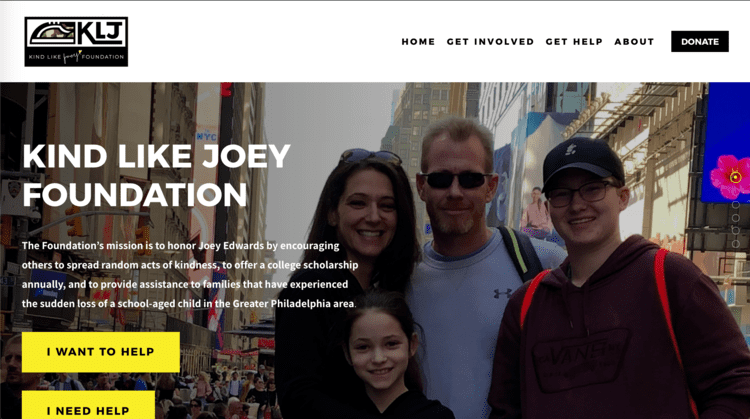
How NPS Can Collect Valuable Insight For Businesses Of All Sizes
How NPS Can Collect Valuable Insight For Businesses Of All Sizes

Written By
What is NPS, and why is it important?
NPS. It’s an acronym you’ve likely heard tossed around before, but it may be something you’ve associated with larger companies, like Netflix, Starbucks, or Amazon. The reality is, though, that NPS can be just as effective for growing businesses of all sizes – and it’s something we at &Marketing often recommend.
Net Promoter Score (or NPS), measures customer experience and brand perception and helps predict a business’s growth. In other words, it’s a quick way to gather customer insights for your business. The calculation is based on the answer to a simple question where respondents answer “How likely are you to recommend company/brand/product X to a friend, colleague, or relative?” using a scale of 0 – 10. 0 represents “not likely at all” and 10 represents “extremely likely.
Respondents are then grouped into the following categories:
-
Promoters = respondents giving a 9 or 10 score
-
Passives = respondents giving a 7 or 8 score
-
Detractors = respondents giving a 0 to 6 score
The Qualitative Component
Just as important as the numeric component described above collected through quantitative questions, qualitative feedback can also be gathered from your customers through NPS. You can complete the qualitative portion either as part of your survey, or as a 1:1 interview.
At &Marketing, we find that this is where you unlock the greatest value, as open-ended questions allow you to dig deeper and get more detailed insights from the people consuming your brand. These responses tend to be more actionable to a small or medium-sized business than the actual numeric calculation. If you’re interested in incorporating more qualitative components to your NPS framework, we’re happy to help.
The Pros and Cons
Let’s break down the pros and cons of NPS to determine whether these components might be able to contribute to the growth of your brand.
Pros
-
It’s quick. NPS allows you to efficiently gauge areas for improvement, versus traditional surveys, which take a long time to fill out and can focus on areas that the customer doesn’t actually care about. It’s also quick for respondents. With a short survey, you’re likely to get more people to actually take it as opposed to a more time-intensive one.
-
It’s focused. You can hone in on the areas that drive customer satisfaction and referrals, in customer terms. Instead of asking several questions about super specific encounters with your brand (which might frustrate customers), you keep it high-level and focus on the bigger story.
-
It’s measurable. You can calculate a ‘score’ so you can understand if you’re doing well (high number) or have significant room for improvement (low or negative).
-
It’s easy and inexpensive. It’s a simple process to execute and comes at a low cost for smaller budgets.
-
It’s almost immediately actionable. Are you looking to take your business to new heights in the new year? The data from NPS is a great place to start to put that plan into place.
Cons
-
It’s not scientific. Despite being numeric, NPS is not based on a legitimate scientific formula or statistical significance.
-
All customers are seen as equal. The reality is, each of your customers is different — they might be different sizes, come from different backgrounds, and may have varying needs— you’re not always comparing apples to apples with NPS.
As you can see, the pros typically outweigh the cons unless you feel strongly about a scientific formula or a specific weighted structure to your results.
Now, let’s touch on a few quick reasons NPS is beneficial for growing businesses by focusing on three specific areas: change, growth, and results.
You can monitor changes over time
Because NPS is a quick and effective way to take the pulse of customer satisfaction, you can use it to measure changes based on any important benchmark (business cycle, management change, new branding, new product, change in product, etc).
You can recognize room for growth
You can use the insight from Detractors as an opportunity to learn about potential areas for improvement, which is critical when you’re looking to grow your business.
You can get simple and direct results
Formal NPS methodology only requires one direction question, with a 1-10 answer. However, depending on your business challenges, we recommend implementing a few additional open-ended questions to gather more extensive feedback.
Are you convinced of its value yet? &Marketing can help implement NPS for your current or former customers to help discover what’s most important to them, and what makes your company unique.
Ready to get started implementing NPS into your business growth strategy? For more background on NPS and help with determining how to get the most value from it, please contact us. &Marketing prepares, conducts, and helps analyze NPS surveys both for ourselves and our clients
About the Authors
As the founder and Managing Director of &Marketing, Rajat “Raj” Kapur strives to provide growing businesses of all sizes unparalleled marketing strategy and execution services. Raj brings nearly two decades of professional experience in marketing, sales, and strategy development experience spanning B2B and B2C Fortune 50, mid-sized, and startups.
About &Marketing
In today’s fast paced world, many growing businesses are struggling to modernize their marketing approaches because either they don’t have the expertise or the bandwidth to do it themselves.
&Marketing provides seasoned marketing strategy professionals and a nimble execution team to help our clients achieve their goals. Our unique partnership model allows us to augment our client’s existing teams or outsource the entire marketing function in an affordable, flexible, and transparent way.










Recent Comments